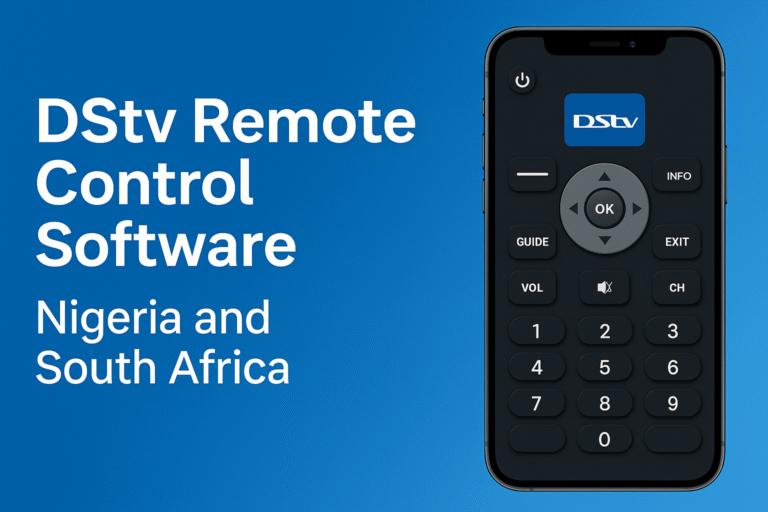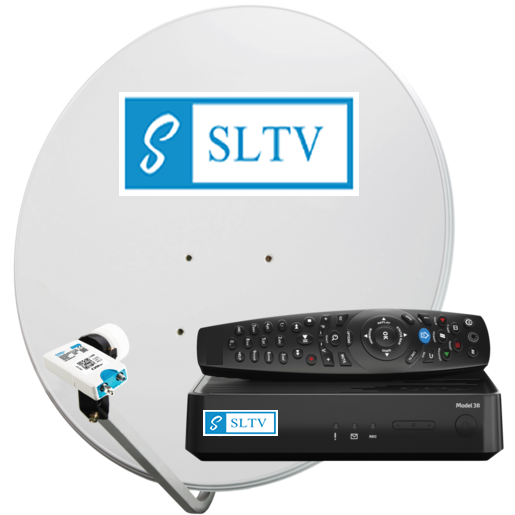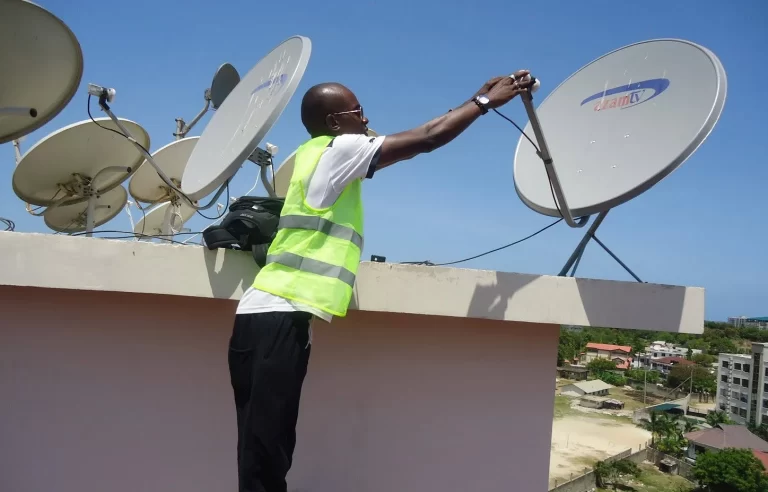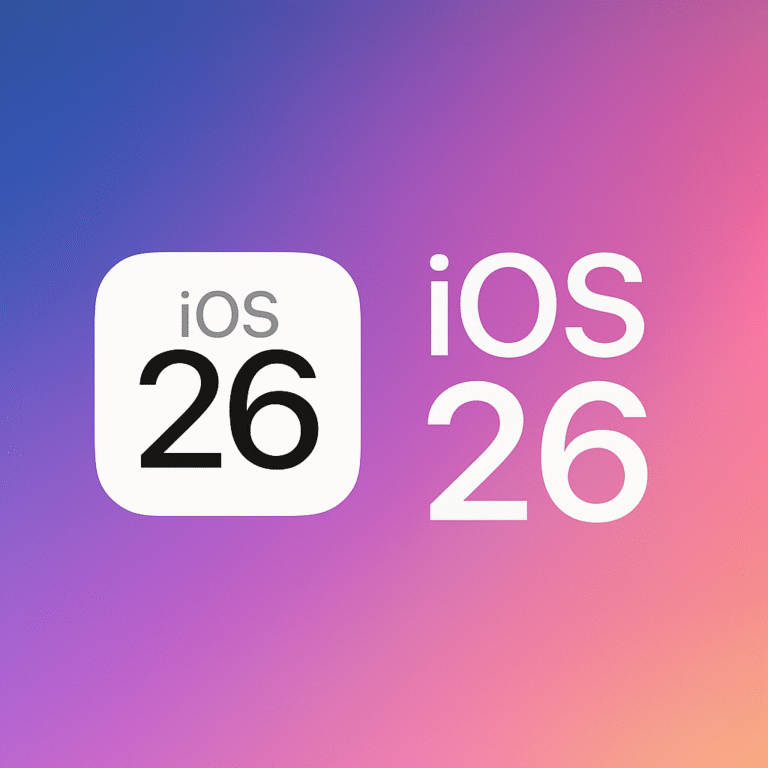LNB is an abbreviation which means Low Noise Block-down. The LNB is the most important component of the satellite dish. It is the camera-like device located at the pointed mouth of the satellite dish – usually for satellite TV services. Overtime, improvements in technology gave rise to a more effective and compact form of LNB called the Smart LNB. Interestingly, the MultiChoice satellite TV brand DStv became the first to adopt the Smart LNB technology. It is usually deployed in emerging complex DStv connections such as the DStv Triple view ExtraView, etc.
What is a “Smart LNB”?
As earlier said, the Smart LNB is the most recent innovation in the category of satellite TV signal receiver technologies. MultiChoice DStv was the first to introduce this technology in connections involving their later decoder models. To the inexperienced, the LNB is that small device located at the mouth of your satellite dish outside your home. This looks like a camera. Since the satellite TV technology came into limelight, different types of LNBs have flooded the market. However, each LNB type is most suitable for certain specific type of satellite TV connection.
How the LNB (Low-Noise-Blockdown) Works
The Low Noise Block-down meaning of the LNB actually defines the technical function of the LNB device. It works by capturing and filtering the multiples arrays of satellite TV signals from space which hit the satellite dish pan. The satellite TV signals, which comes with so many frequencies hit the dish pan from space and reflects back towards the LNB. The signal frequency selection and filtration process works by the process of the low noise block-down technology. This is to say that when you position a dish appropriately, TV signals from space strike the curved surface of the pan and reflects back in a converged form towards the LNB facing the pan.
The LNB receives these signals and filters out the unwanted frequencies while absorbing the signals from the appropriate satellite. For instance, the LNB absorbs only the TV frequency from Eutelsat W& satellite when you position the dish on the Correct DStv satellite frequency settings for installation written below. In Nigeria, the satellite which transmits DStv signals is the EutelSat W7 satellite.
DStv Frequency Settings, Polarization, Symbol Rate for Installations
The tracking details for DStv are:
Dstv Nigeria Position
- Azimuth (Dish position): 36 degrees, East
- DSTV Satellite: Eutelsat W7 or W4
DStv frequency Options, polarization and symbol rates
- 11.842, Vertical (V), 27.500
- 11.728, Vertical (V), 27.500
- 11.747, Vertical (V), 27.500
- 12.245, Horizontal (H), 27.500
- 12.284, Horizontal (H), 27.500
Generally, most LNB devices are designed to detect and receive satellite TV signals. However, their best performance largely depends on the satellite parameter settings of their decoding devices. Examples of decoding devices are the satellite trackers, decoders, etc.
This means that a multi functional LNB such as the smart LNB can pick different satellite TV signals such as DStv standard KU-Band signals, MyTV signals, Trend TV, and other common satellite TV signals. Furthermore, the smart LNB is also capable of transmitting other forms of signals such as audio/visual (AV) and data signals. However its particular use will depend on the particular satellite parameter settings encoded on its connected decoder or tracker. Therefore, the Smart LNB introduced by DStv remains the master of the game.
How is the Smart LNB Different?
The smart LNB as the name implies is a multi-functional LNB device which makes it smart. It is not just an LNB, the Smart LNB does the function of an LNB, a signal splitter, a multi-switch as well as a signal booster. With all these functions embedded into a single smart LNB, it is mostly recommended for special DStv connections – DStv ExtraView, connections with the DStv Explora as well as installations with the newer models of DStv decoders like the new Zappa HD 5 Series.
The smart LNB ab-initio worked perfectly for DStv installations. However, recent studies reveals that other satellite TV services can also deploy the smart LNB. The Smart LNB was engineered with hi-tech, high grade super digital satellite TV receiver/transmission technology. It transmits High Definition (HD) signals, supports “HeartBeat” Communications during Extra View connections, and combines signals of varying formats in realtime as well as other complex technological applications in the DStv.
This is why you need the Smart LNB when carrying out any complex DStv satellite TV installation that requires super quality image and sound (HD) as well as complex installation settings. Furthermore, there is need to deploy this new technology if your satellite TV installation seeks perfection.
Kindly share this post after reading…












